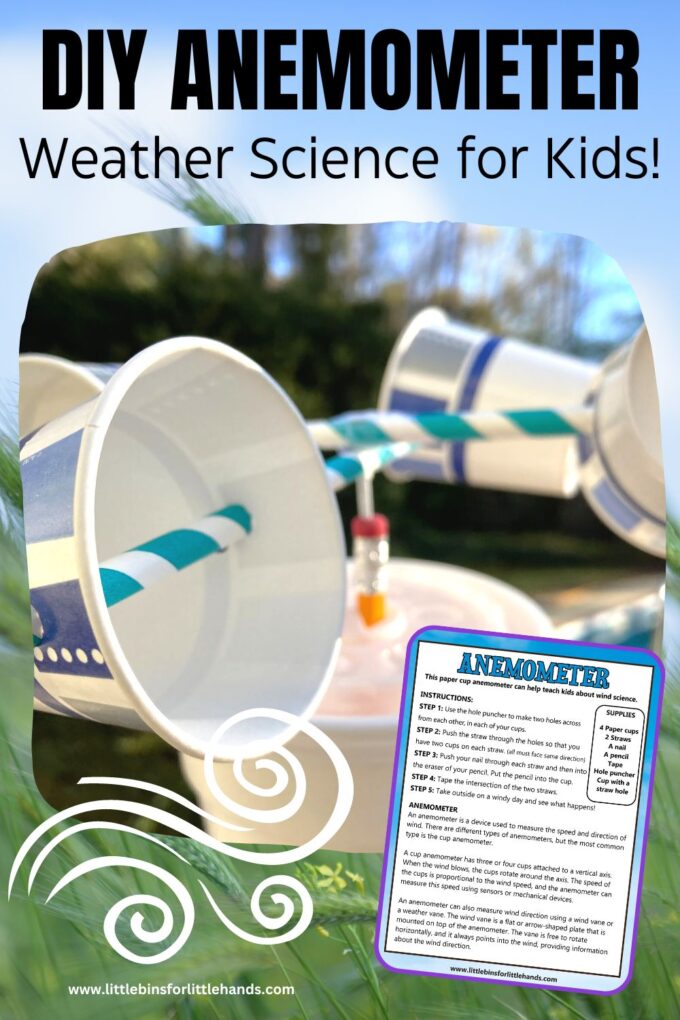Why an Anemometer is Vital for Your Environmental Information Collection
Wiki Article
All You Need to Understand About Anemometers: How They Work, Why They Issue, and Where to Utilize Them
Anemometers, though typically forgotten in the realm of scientific tools, play an important role in various areas, offering important understandings into wind rate and air movement patterns. As we dive right into the details of anemometer innovation, we will certainly uncover the inner functions of these gadgets, their significance, and the crucial considerations when choosing the ideal anemometer for particular applications.
Anemometer Basics
A crucial instrument used to gauge wind rate and direction, the anemometer plays a crucial duty in weather forecasting and different industries. An anemometer usually consists of three or 4 mugs that revolve in the wind, a vane that directs right into the wind, and sensors to track the turnings or activities.
There are numerous types of anemometers readily available, including mug anemometers, vane anemometers, hot-wire anemometers, and sonic anemometers, each with its distinct features and applications. Mug anemometers are generally made use of for basic wind rate dimensions, while vane anemometers are chosen for directional dimensions.
Concepts of Anemometer Operation
Building on the fundamental understanding of anemometer basics, the principles of anemometer operation elucidate the auto mechanics behind wind speed and direction dimensions. Anemometers operate on the principle of air movement affecting a sensor, triggering it to revolve. Mug anemometers, as an example, have three or more cups that capture the wind, triggering them to spin much faster as the wind rate rises. The rotation speed is after that exchanged a wind rate dimension. Vane anemometers, on the various other hand, make use of a tail or a probe that straightens itself with the wind instructions, supplying a measurement of wind direction based upon the orientation of the sensing unit. Hot-wire anemometers depend on a warmed cable that cools off as wind passes over it, with the rate of cooling identifying the wind speed. Ultrasonic anemometers step wind speed and instructions by examining the time it considers ultrasonic signals to travel between transducers. Understanding these principles is critical for exact and trusted wind dimensions in different applications.Significance of Anemometers
The importance of anemometers in weather forecasting and different markets can not be overstated. Anemometers play an essential duty in measuring wind rate and instructions, supplying Your Domain Name vital information for weather condition forecasting, environment studies, environmental monitoring, and aeronautics procedures. Meteorologists rely upon anemometers to gather exact wind data, aiding them comprehend climate patterns, predict tornados, and problem prompt cautions to the general public. In industries such as construction, agriculture, renewable resource, and maritime procedures, anemometers are used to optimize processes, ensure safety and security, and increase efficiency. For instance, wind ranch drivers use anemometers to examine wind conditions and optimize electricity production from wind turbines. In the maritime industry, anemometers aid ship navigating by supplying real-time wind details to captains, helping them make informed choices to ensure risk-free trips. On the whole, anemometers are essential devices that add significantly to safety, performance, and notified decision-making in meteorology and a vast array of sectors.Applications Throughout Numerous Industries
In the renewable energy sector, anemometers play a crucial role in evaluating wind problems for wind farm placements, making sure optimum power manufacturing. Industries like construction and mining use anemometers to check wind rates, crucial for security procedures, particularly when working at heights or in open-pit mines where strong winds can position hazards. In farming, anemometers this website aid farmers in taking care of crop splashing by giving real-time information on wind rate to stay clear of drift.
Choosing the Right Anemometer for Your Requirements
For general functions, a cup anemometer is suitable for measuring wind speed, while a vane anemometer provides wind direction information. Hot-wire anemometers are excellent for reduced airspeed dimensions, and ultrasonic anemometers offer high accuracy and sturdiness.
Final Thought
To conclude, anemometers play a vital function in determining wind rate and direction across different markets. Understanding the concepts of anemometer procedure is vital for selecting the best gadget for certain demands. From meteorology to aviation, anemometers are essential devices for gathering accurate data and making sure security in different applications. It is very important to take into consideration the relevance of anemometers in order to make enlightened choices when selecting one of the most appropriate device for gauging wind problems.There are different types of anemometers available, including mug anemometers, vane anemometers, hot-wire anemometers, and sonic anemometers, each with its special features and applications. Cup anemometers are typically made use of for fundamental wind speed dimensions, while vane anemometers are chosen for directional dimensions. Hot-wire anemometers are ideal for reduced airspeeds, and sonic anemometers are ideal for high-precision dimensions in research study and commercial setups.Structure on the fundamental understanding of anemometer essentials, the principles of anemometer operation clarify the auto mechanics behind wind speed and instructions dimensions. For general functions, check it out a cup anemometer is suitable for gauging wind speed, while a vane anemometer provides wind instructions data.
Report this wiki page